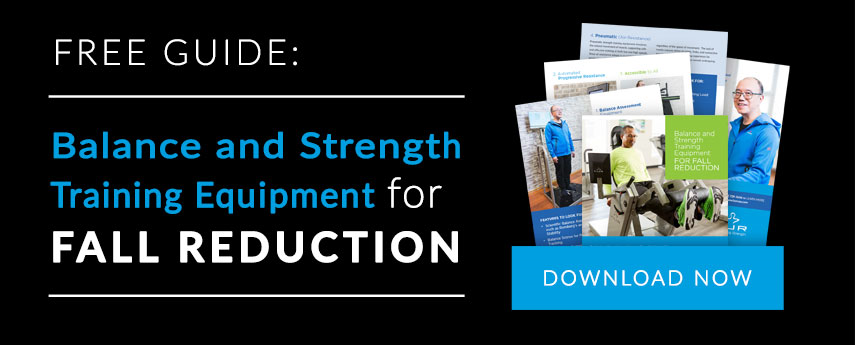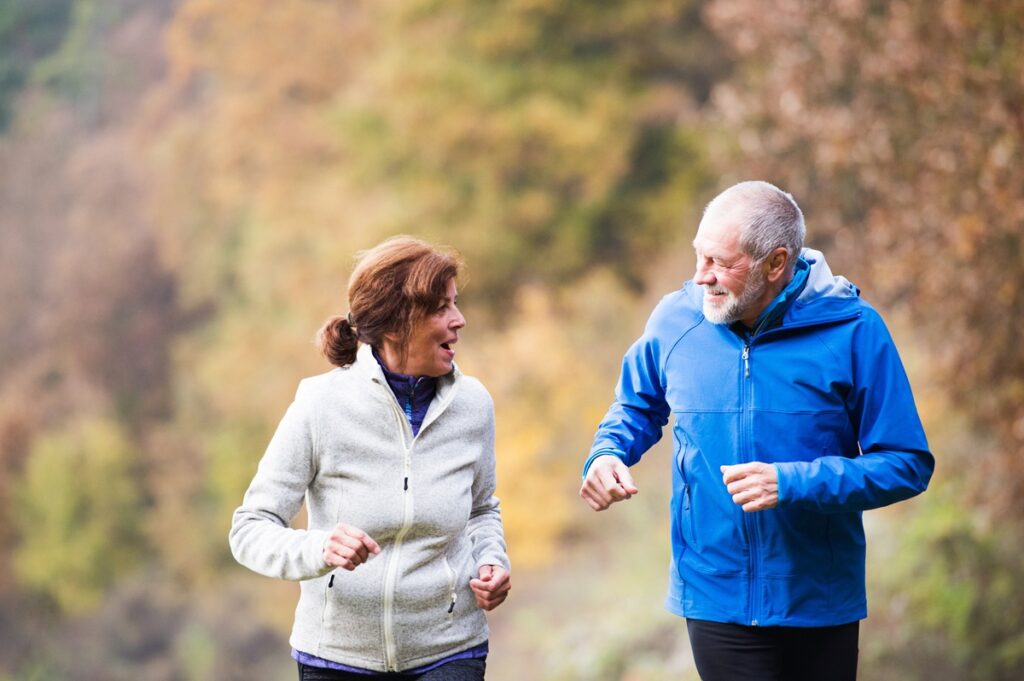Every senior living professional knows that falls are an incredibly difficult barrier for active, independent senior living. Just one fall can completely transform an older adult’s life, increasing their required level of care and, in many cases, locking them into a cycle of frailty that’s difficult to get out of.
According to the National Council on Aging, every 11 seconds, an older adult is treated in the emergency room for a fall, and every 19 minutes, an older adult dies from a fall. The average hospital cost for a fall injury is over $30,000. In 2013, the total cost of fall injuries was $34 billion and is expected to rise to $67.7 billion by 2020.
Falls are a big deal. They are also largely preventable. As a result, many senior-focused fitness centers are committed to transitioning to senior-friendly exercise equipment and training programs with the intention of reducing the number of falls amongst seniors in their care.
However, one of the challenges is deciding amongst the thousands of equipment options on the market.
To help narrow down the options, we reviewed 5 types of balance and strength training equipment that we believe every senior-focused fitness center should consider in order to improve falls prevention within their communities:
- Balance Assessment Equipment
- Automated Progressive Resistance
- Accessible to All
- Pneumatic (Air-Resistance) Equipment
- Computerized Training Equipment
#1. Balance Assessment Equipment
One of the biggest challenges to getting more seniors involved in a fall prevention program is convincing them that they are at a high risk of having a fall. This is especially true for active, healthy seniors who might not feel like they are at risk, but in many cases are.
That’s why having at least one piece of equipment that can assess and evaluate balance and identify users with a high risk of falls is the first step towards effective community-wide fall prevention. Assessment not only identifies each individual’s level of risk, it allows care professionals to design a training program that is customized to each senior’s needs.
When properly used, assessment equipment should be an ongoing part of everyone’s fall prevention program, tracking progress and comparing tests over time to track improvements in balance. You may also be able to obtain recommendations on customized training programs for individuals, depending on the type of balance equipment you utilize.
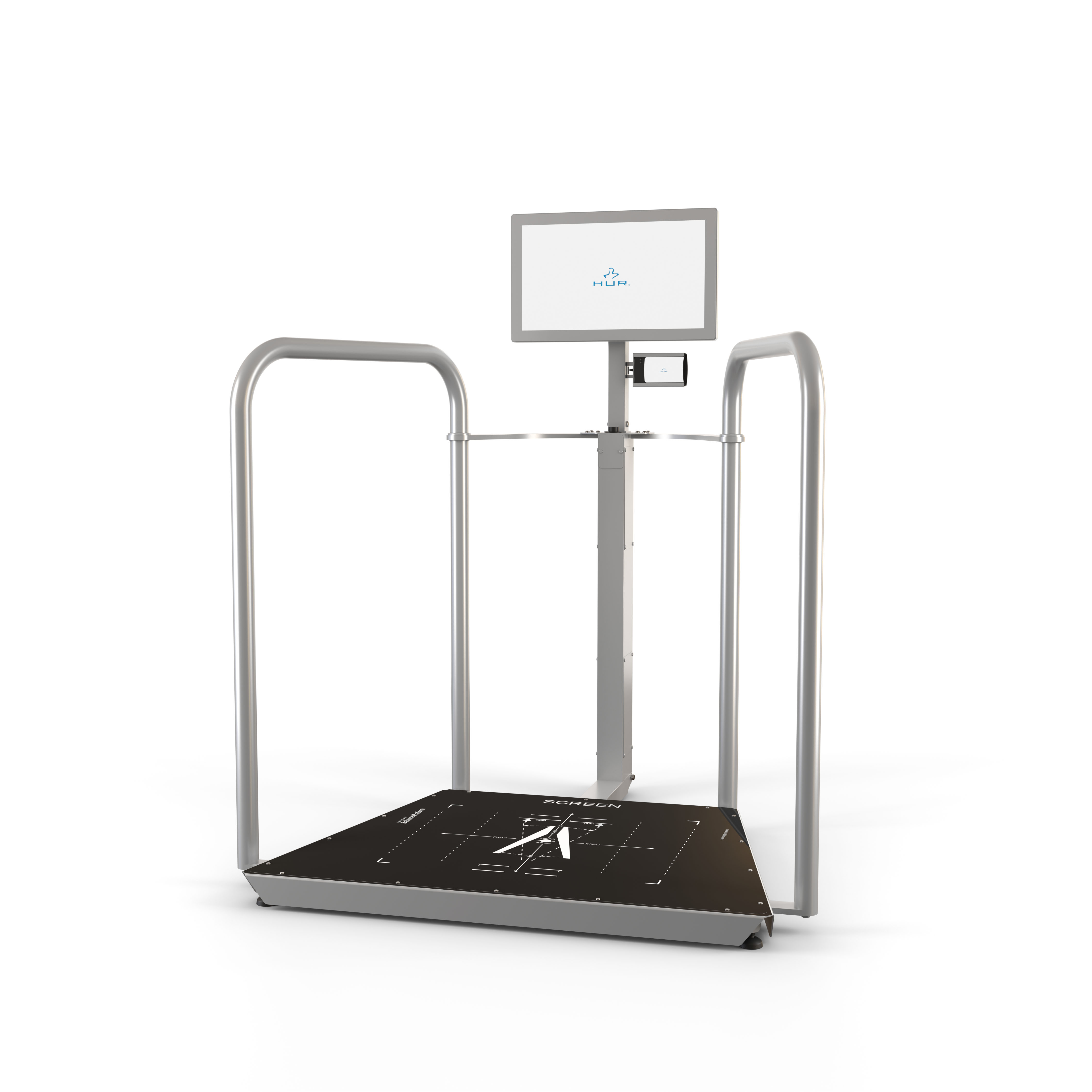
When choosing Assessment Equipment, here are the key features to look for:
- Scientific Balance Assessments such as Romberg's and Limit's of Stability
- Clear Graphical Reporting
- Balance Scores for Progress Tracking
- Balance Test Comparisons
- Customized Training Recommendations
- Training Simulating Everyday Movements to Support ADL’s
- Wheelchair Accessibility
- Low Insteps, Support Rails and Wide Platforms
Equipment Recommendation:
“When we get [residents] on the HUR SmartBalance and run an assessment, many are surprised by how their balance is deteriorating. This allows us to create a program for them early, before they fall, or before their lack of balance starts to prevent them from doing what they love.” NORTH HILL | USA - SENIOR LIVING COMMUNITY
#2. Automated Progressive Resistance
Resistance training is an extremely effective way to combat sarcopenia (age-related muscle loss), prevent falls, support cognitive functioning, control weight, support heart health, and prevent or reverse the symptoms of many age-related illnesses and diseases. In fact, some studies have shown that in just 3-4 months following the start of a strength training program, 3 decades of functional decline can be reversed.
However, in order for resistance training to be fully effective in supporting active, healthy aging, the amount of resistance used must increase over time. Improving leg strength, in particular, is crucial for avoiding falls and reducing risk of injury. The key word there is “improving”. Resistance must gradually increase as strength improves.
Progressive resistance training is a strength training method where resistance is gradually increased as strength improves. There are many different types of equipment options on the market that support this type of training, including standard weight-stack machines, pneumatic (air resistance) machines, hand-held weights, and elastic bands.
The best machines for seniors are engineered to automatically increase resistance when certain goals are exceeded in order to continue building strength and mobility without relying on the user to know when and how to add resistance.
When selecting Automated Progressive Resistance training equipment, here are important features to look for:
- Automatic Resistance Increase
- Inertia-Free (pneumatic or air resistance)
- Close to Zero Starting Load
- Small, Incremental Resistance Increases
Equipment Recommendation:
HUR Leg Extension / Leg Curl and HUR Dip Shrug
#3. Accessible to All
Most would agree that people of all ages and abilities should have access to the same strength and balance equipment. However, whether intended or not, traditional strength and balance equipment have features that make them inaccessible for many. Purchasing accessible equipment allows an institution the ability to serve a wider client base in a more appropriate way. To learn more about creating an accessible and inclusive fitness programs check out, Accessibility and Inclusivity: Why Both Are Important to Fitness Centers.
When selecting accessible training equipment, here are important features to look for:
- Wheelchair Accessibility
- Low step-up height for easy access
- Adjustable Support Rails
- Wide Platform
- Software with large buttons and clear graphics
- Adjustable screen height
#4. Pneumatic (Air-Resistance) Equipment
With traditional “weight stack” machines, unequal effort is required at different points in the exercise. More effort is required at the beginning of the exercise to get the weights moving and at the end of the movement as the user works to slow down inertia. Then, in the middle of a movement, gravity and momentum cause an actual loss of resistance.
In contrast, pneumatic resistance training requires a consistent level of effort throughout an exercise. This prevents the user from swinging backwards or forwards while completing the exercise. The controlled motion protects against joint strain and over exertion that can lead to injury because the stability of the resistance is maintained by the machines.
Even better, no matter how quickly you move through an exercise on pneumatic resistance equipment, the level of resistance stays the same. The level of resistance is adjusted in accordance with the muscles’ natural generation of force, allowing the user to train harder with less risk of injury
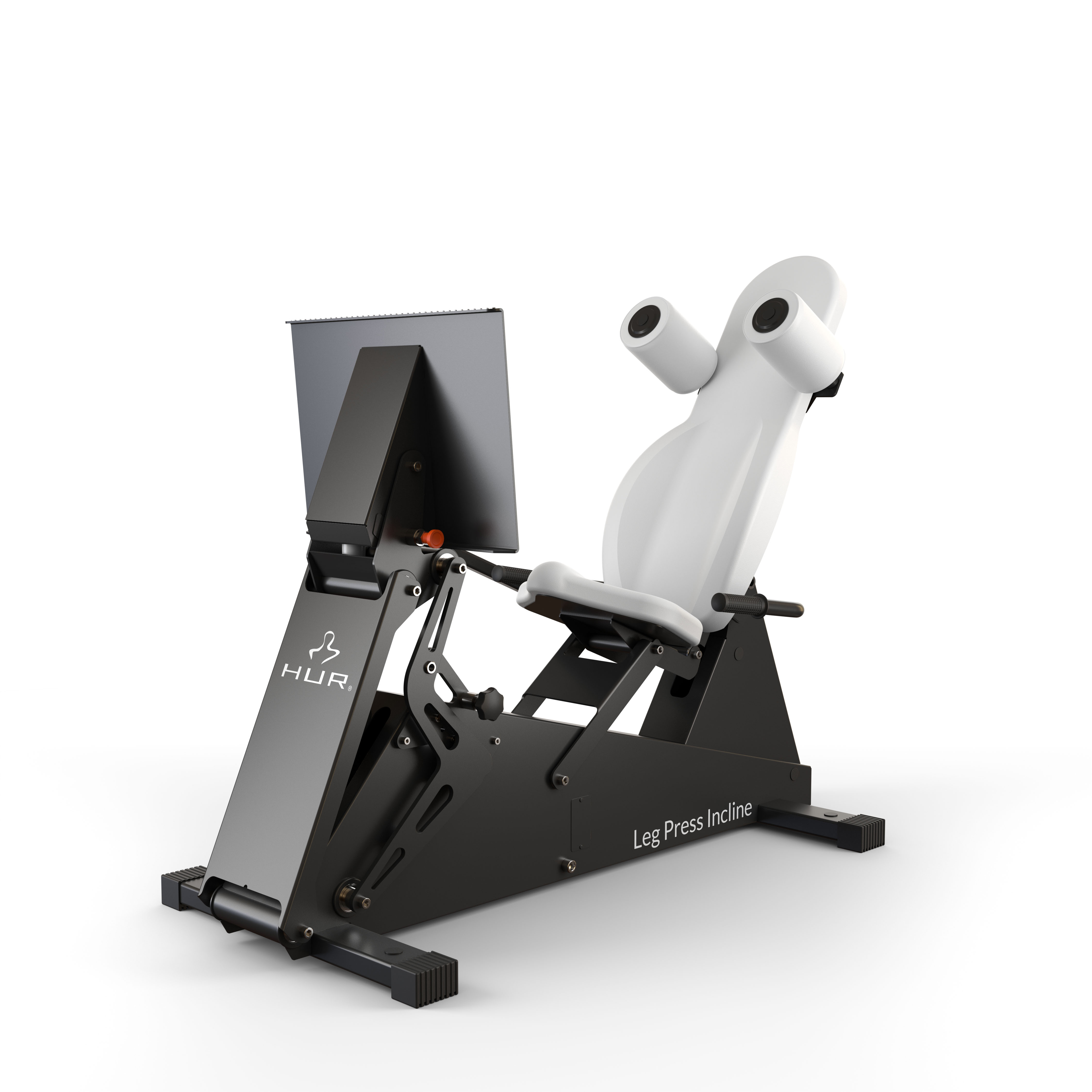
When selecting Pneumatic Training Equipment, here are important features to look for:
- Close to Zero Starting Load
- Stepless Resistance Adjustments
- Range Limiters
- Concentric and Eccentric Muscle Support
Equipment Recommendation:
HUR Chest Press and HUR Leg Press
#5. Computerized Strength Training Equipment
Technology-driven computerized strength training equipment can be an effective way to simplify and streamline training sessions and entire fitness programs for both seniors and fitness professionals. One of the primary reasons that seniors are reluctant to participate in a strength training program is that they feel intimidated by the equipment.
No one likes to feel incompetent and regular strength training equipment relies entirely on the user to know how to use it, how to adjust it, how many reps to perform, and the correct amount of weight to select.
Computerized training equipment takes the guesswork out of strength training, automatically adjusting the machine to each user, loading the appropriate amount of resistance, counting reps and tracking progress. This allows older adults to safely train independently, which encourages consistent participation and reduces the need for staff assistance.
When selecting computerized training equipment, here are important features to look for:
- RFID Wristband Support
- Touchscreen Interface
- Pre-Set Equipment Adjustments
- Automatic Resistance Increase
- Online User Profiles
- Ability to Track Equipment-Free Exercises
- Application / Software Integration
- Cloud-Based, Multi-Site Management
Equipment recommendation:
